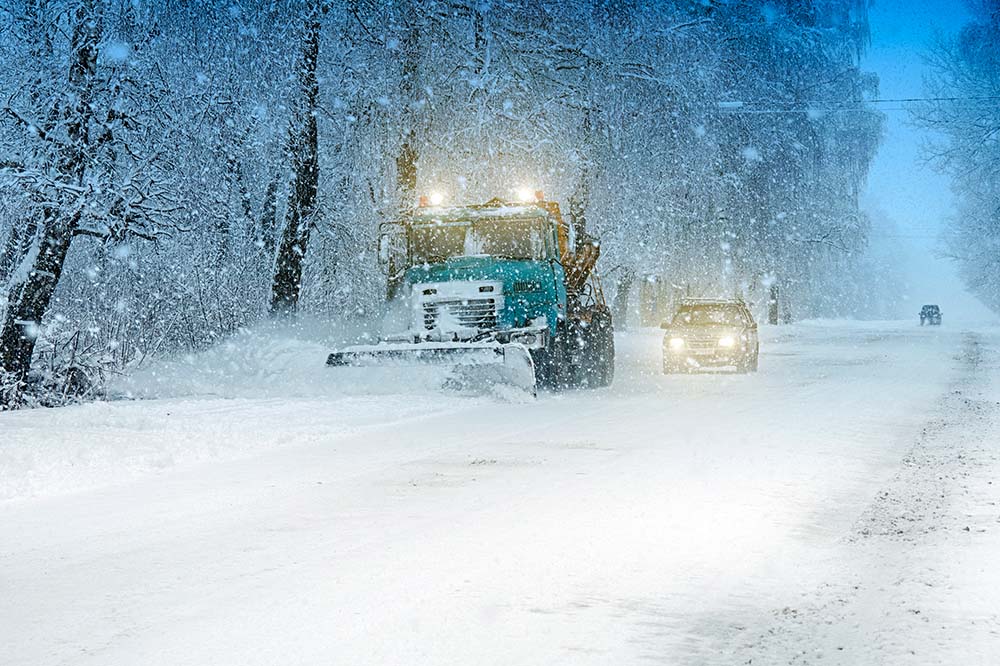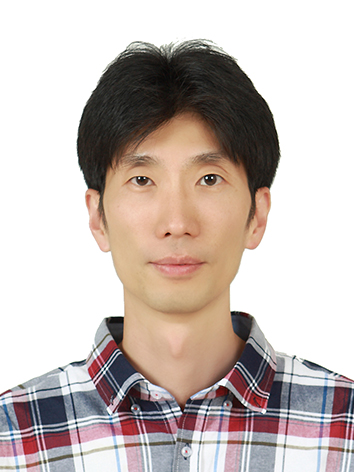Route for the home team: Ontario Tech helping municipalities find optimal routes for snowplows and waste collection
Faculty of Engineering and Applied Science researcher Dr. Jaho Seo working with local and international partners
February 3, 2022

Ontario municipalities devote a great deal of planning and budget expenditure to snow removal. A blizzard like the one that hammered Durham Region on January 17 with up to 55 centimetres of snow, or even a more typical smaller snowfall, requires a massive mobilization of resources to clear roads and sidewalks and get people, goods and services safely moving again.
Delays in snow clearing, even slight ones, can lead to the formation of ice and make a bad situation even worse. Storm drains must be cleared, hydrants and other utility equipment must be readily available. An effective snow-plowing strategy is, therefore, a crucial challenge for the economy.
Ontario Tech University researcher Dr. Jaho Seo is applying technology to help communities find ways to maximize snow clearing efficiency and safety while also saving on operational factors such as travel time and fuel consumption.
“Obviously in heavy snow, all vehicles need to move slower than normal, including the plows themselves,” says Dr. Seo, an Assistant Professor with Ontario Tech’s Faculty of Engineering and Applied Science. “It stands to reason that there must be a best-possible approach in terms of the number of available vehicles, and optimal routes that minimize such simultaneous considerations as turning directions, depot locations and street dead ends. We can also apply this knowledge to other municipal services like salting, waste collection and street sweeping.”
Dr. Seo has been working on Geographic Information System (GIS) studies and optimization techniques recently with the Municipality of Clarington (snowplowing) and the City of Oshawa (waste collection). A third study on noise filtering algorithms for mobile machines in industrial sectors facing dust environments is also underway with the Korea Institute of Machinery and Materials. These findings could also be applicable for adverse weather conditions (snow, rain, fog, etc.).
“The method for approaching the routes in snow and ice maintenance is unique to each city, province, and country due to different operational constraints,” says Dr. Seo. “High-priority routes such as major highways and thoroughfares must be serviced first. Mathematical optimization techniques can be a tool that enables the design of efficient plowing operations.”
Dr. Seo’s main objective is optimizing plowing routes in residential areas.
Doing the math
Here comes the math part. ‘Topology’ is an area of mathematics that examines how physical spaces are organized and structured for position, and how those spaces are connected. Dr. Seo generated an initial network topology using GIS data from an open street map database. Then he applied two algorithms (known among experts as Dijkstra’s algorithm and a ‘tabu search’ algorithm) to compile data on the shortest possible paths. Both algorithms have a different role in the optimization process.
“These algorithms generate the optimal route and the shortest travel time, minimizing or eliminating unwanted turning directions, and maximizing safety with the consideration of a service hierarchy. Since our first study was limited to simulation results, we are planning to validate the proposed method through field tests by considering real-time dynamic routing situations and on-site weather conditions.”
Once the real-time data is evaluated against the simulations, municipalities will know the best routes each vehicle should take. This information will help communities determine the ideal formula for available resources and budgets, potentially leading to cost savings for residential taxpayers.
Dr. Seo’s laboratory assistants at Ontario Tech include Master of Applied Science students Abdullah Rasul (now graduated), Tyler Parsons and Ali Afzalaghaeinaeini.
Media contact
Communications and Marketing
Ontario Tech University
communications@ontariotechu.ca
4 > 1







